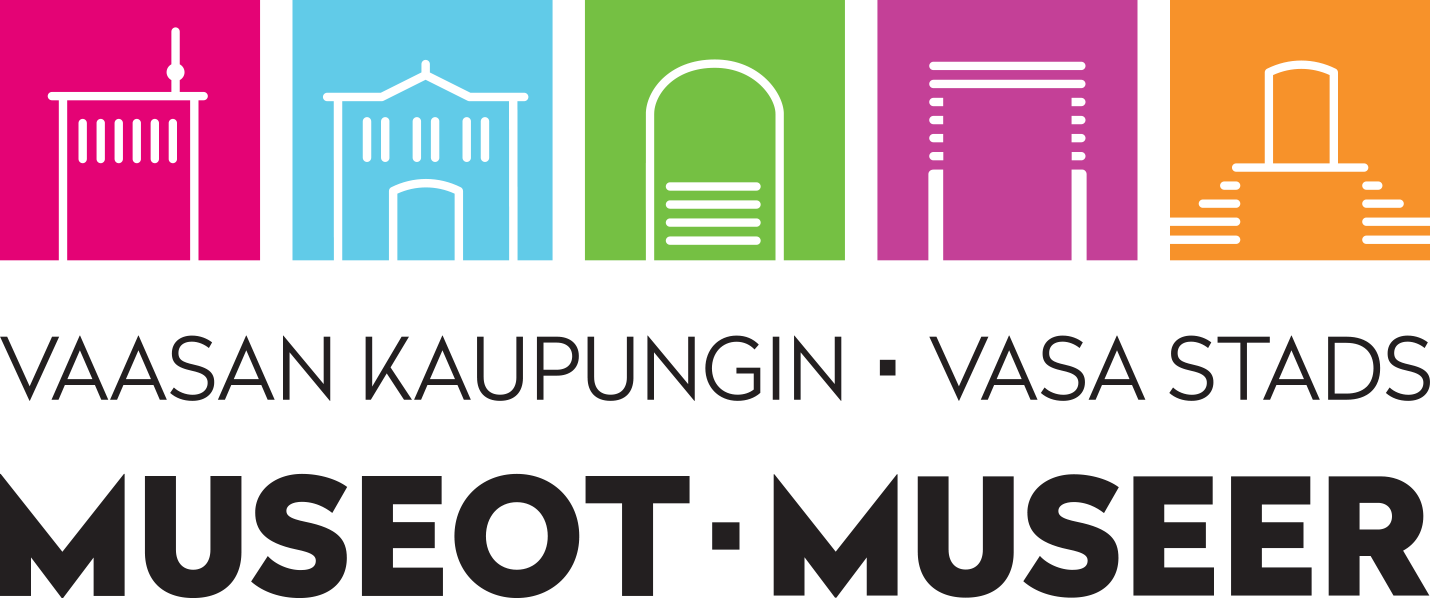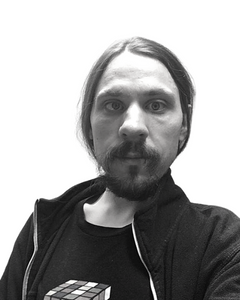
Welcome to Hack the Happiness!
Two days. One winning team. Hack The Happiness is an IN-PERSON hackathon at VME. It's an event where we create innovative solutions to improve students mental health and well-being through technology. NO TECH KNOWLEDGE OR HACKATHON EXPERIENCE REQUIRED! The point of Hack the Happiness is simple – come up with a way to improve student mental health and well-being. Whether that means using pen and paper or the VR glasses we’ve got at the VME – the choice is yours. Come meet others, team up and let your ideas fly! € 1,000 grand prize for the winners!
What's Hack the Happiness?
Brief
NO TECH OR HACKATHON EXPERIENCE IS REQUIRED!
Improving student mental health and well-being is the main ‘Boss Theme’ of Hack the Happiness. We’ve broken it down into sub-themes for you in the yellow box below 👇
We’ll be providing food, snacks and refreshments as part of a good hackathon spirit. There are no entry fees or admission tickets, but places are limited, so be quick!
There’s a € 1,000 grand prize for the winners!
The last day to register is 1.4.2022
Who Can Take Part?
All students around Vaasa regardless of the educational institution are invited to take part in Hack the Happiness.
Whether you’re studying finance or marketing, computer science or languages, you can take part in Hack the Happiness, share knowledge, learn new skills and make new friends along the way.
Why Get Involved?
Here are a few reasons: competition, excitement, collaboration, networking with industry leaders, victory, surprises, VME tech, € 1,000 grand prize for the winners… What’s not to like?!
How Does It Work?
Aim
The point of Hack the Happiness is simple – come up with a way to improve student mental health and well-being. Whether that means using pen and paper or the VR glasses we’ve got at the VME – the choice is yours.
Pitching Your Idea
You’ll pitch your idea to the jury, which selects the winner. Each team will have access to experts in different subject areas as well as mentors who’ll advise and give tips during the event.
Outcomes We’re Looking For
Your team’s product or solution can be a video, a written description, an image or even a demo of a game / application. Some examples of potential solutions are:
- Lectures in VR
- Plan to use InMoov robot to facilitate student social activities
- A physical or virtual activity room for socializing
- A game to improve student team spirit
- Stress management app
When and where?
When?
Thursday 7 April, 9:00 – 19:00 and Friday 8 April 9:00 – 15:30
Where?
In-person at the VME Interaction Design Environment, Technobothnia, University of Vaasa.
Schedule
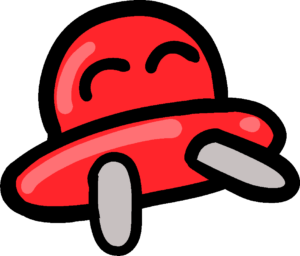 Hack the Happiness is two-day event. Day #1 will be intros, team formation and initial ideas. Day #2 will be finalizing ideas, presenting to the judges and deciding a winner.
Hack the Happiness is two-day event. Day #1 will be intros, team formation and initial ideas. Day #2 will be finalizing ideas, presenting to the judges and deciding a winner.
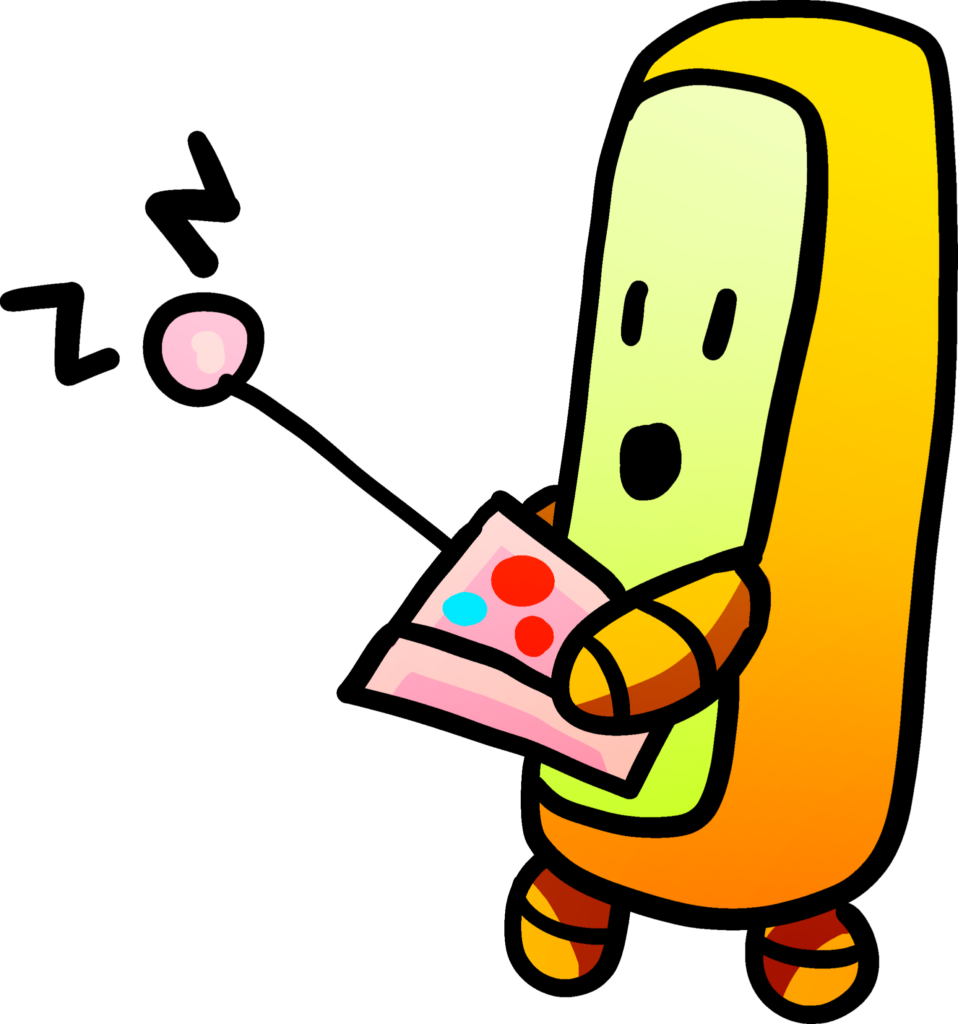
Sub-Themes
Learning 2.0
Release the Kraken! Or, in this case, your creativity. Online learning has become a normal part of student life. Using easily-available tech and software, online learning can be so much more than a copy-paste of a traditional classroom setup. Using your combined brains – the ‘Hub Mind’, if you will – come up with a solution to elevate student learning. How can you maximise the fun and learning students experience in online classes?
Socializing - Elevated
Forget FaceTime and Whatsapp. We want you to really stretch the ‘Hub Mind’ (the collection of your team’s brains) and think how you can make student life that little bit shinier. What can you do to improve your social life? How can you use technology in a different way to improve your relationships with others as well as make new friends?
Find Your Joy
We’ve all been there. Stressed, anxious, not sure what to do next. Using your Hub’s experience (that means your team) and innovation, come up with a superb stress- and anxiety-busting solution that’ll knock our judges’ socks off (not literally, obvs).
Escape Room
Flex the design muscles of your ‘Hub Mind’ in the ultimate challenge – creating an escape room. Work together to design the puzzles, challenges and brain-teasers needed for the finest of all escape rooms. Your escape room should be one where students can escape the stresses of daily life, socialise and together have fun working out how to get to the exit.
Body = Temple
Balancing physical and mental health can be a struggle. Using the power of your ‘Hub Mind’, come up with a creative solution to help students care for both their bodies and minds. How can technology help students eat healthily and do enough sport whilst also getting enough sleep and recovery time? It’s up to you to find out.
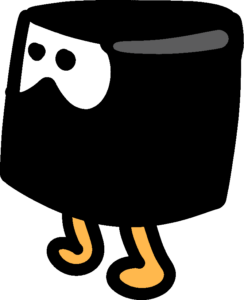
Hardware You Can Use
You may completely immerse yourself in a new virtual world when you put on virtual reality glasses. There are a number of Virtual Reality glasses that can be used:
Oculus Quest: a stand alone virtual reality headset. It can be used in any place you want, and you do not need to connect it to computer.
Oculus Rift S: a virtual reality glasses that are connected to PC. It can be run with an Oculus app.
HTC VIVE Pro: a fully immersive virtual reality glasses, that can be used only in specific area in the room. The trackers are hanging in the sides of the room. Vive glasses are run with Steam VR app.
VIVE Trackers: Any real-world object can be brought into the virtual environment. It can be connected to a camera and use it to create mixed reality videos. The VIVE Tracker establishes a wireless and smooth link between your connected tools and the VIVE system.
Microsoft HoloLens 2 mixed reality glasses: Mix reality with the virtual. Overlays a 3D environment onto your real-world environment. Augmented reality appears in front of you when using mixed reality glasses. These holograms can be used to show information, mix in with the real world, or even mimic a virtual world using many sensors, superior optics, and holographic computing that blends smoothly with its environment.
InMoov robot Technorobot: InMoov is the 3D printed life-size humanoid robot. It can be controlled using my Robot Lab. More information here: HOWTO Start MyRobotLab – InMoov
Eye tracking equipment: SMI eye-tracking equipment for computer screen and Pubil Labs eye-tracking glasses. Eye tracking allows you to track where a person’s eye is focused, for example, when viewing a website or the physical environment.
Software Available
Unity: a cross-platform game engine established by Unity Technologies.
Unreal Engine: Unreal Engine is open real-time 3D creative engine for photoreal visuals and immersive experiences in the world.
Visual Studio 2019: Microsoft Visual Studio is the company’s integrated development environment (IDE). It’s used to make websites, web apps, web services, and mobile apps, among other things.
Adobe XD: Adobe XD is a user experience and interaction design prototype tool from Adobe.
Eclipse: Eclipse is mostly written in Java and is used to develop Java applications.
Blender: Blender is a free and open-source 3D computer graphics software toolset that may be used to make animated films, visual effects, art, 3D printed models, and more.
SketchUp: SketchUp is a 3D design program that makes 3D modeling accessible to everyone.
Balsamiq wireframe: Balsamiq Wireframes is a user interface design tool that is used to create wireframes (sometimes called mockups or low-fidelity prototypes)
SMI BeGaze: SMI BeGaze is the software for analyzing the tracked data
Pupil capture and pupil player: Software where is possible to analyze the data from pupil eye-tracking glasses.
Creative stuff: Paper & Pen, Camera, Your imagination
Mentors
We’re really happy to have some of the best of the best in technology, graphic design, mechanical design engineering and more to share their expertise with you. Find out a little more about our magnificent mentors here:
Dennis Bengs
Researcher at Novia University of Applied Sciences
Mentor for: Robotics, virtual reality, game development, 3D math and modelling and asset management.
Jari Ratilainen
Incubator Manager at Design Centre MUOVA and West Coast Start Up
Mentor for: Facilitation, team building, ideation and concept development, workflow-time management, service/product/business design, commercialization aspects.
 Laura Havinen
Laura Havinen
University Teacher at Information Systems at the University of Vaasa
Mentor for: Designing for well-being and about teaching & learning and organizing education. Interested in escape room experience.
 Thomas Höglund
Thomas Höglund
Founder and CEO of Done Robotics
Mentor for: Robotics, design sprint techniques, startup techniques for building and testing a business idea.
Martin Lucas Leturia
Service Design Trainee at Design Centre MUOVA
Mentor for: Design thinking process and technics for innovative ideation, user experience and usability aspects of the concept,applying VR technology to solutions, prototyping tool use for conceptual presentation.
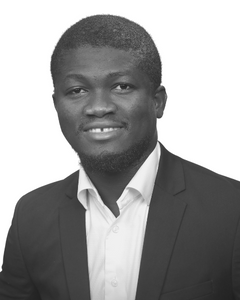 Sulaymon Tajudeen
Sulaymon Tajudeen
Laboratory Engineer at the University of Vaasa
Mentor for: InMoov, VR, idea evaluation and analysis, product design and development (mockup and MVPs), web development and programming tools.
 Miguel Zamora
Miguel Zamora
Project Researcher (Production) at the University of Vaasa
Mentor for: Additive Manufacturing and enthusiastic about graphic arts.
Oscar Escallada
Teacher and Researcher (Product & Services Design) at Mondragon University
Mentor for: User experience, user interaction, XR narrative. Ideation phase guidance.
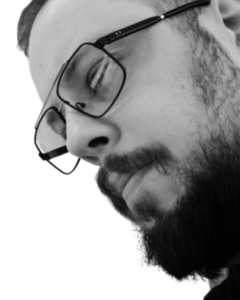 Sebastian Laitila
Sebastian Laitila
University Teacher (Communication Studies) at the University of Vaasa
Mentor for: Game design and prototyping. Rapid prototyping, service design, a vast array of content production skills from graphics and video to modeling and software design, along with project management and a producer role. Participated in at least 30 to 40 hackathons and game jams.
Judges
Our excellent judges are some of the best minds in business, communication, cyber security, information systems and graphic design. Find out a little more about our open-minded judges here:
Pekka Abrahamsson
Professor of Information Systems and Software Engineering at University of Jyväskylä
Rebekah Rousi
Associate Professor of Communication and Digital Economy at University of Vaasa and Senior Researcher at JYU Start Up Lab
Naomi Woods
Assistant Professor of Cyber Security at University of Jyväskylä and Principal Investigator SAFE Project
Sponsors
![]()



![]()
